Northern Lights shine over the UK once again
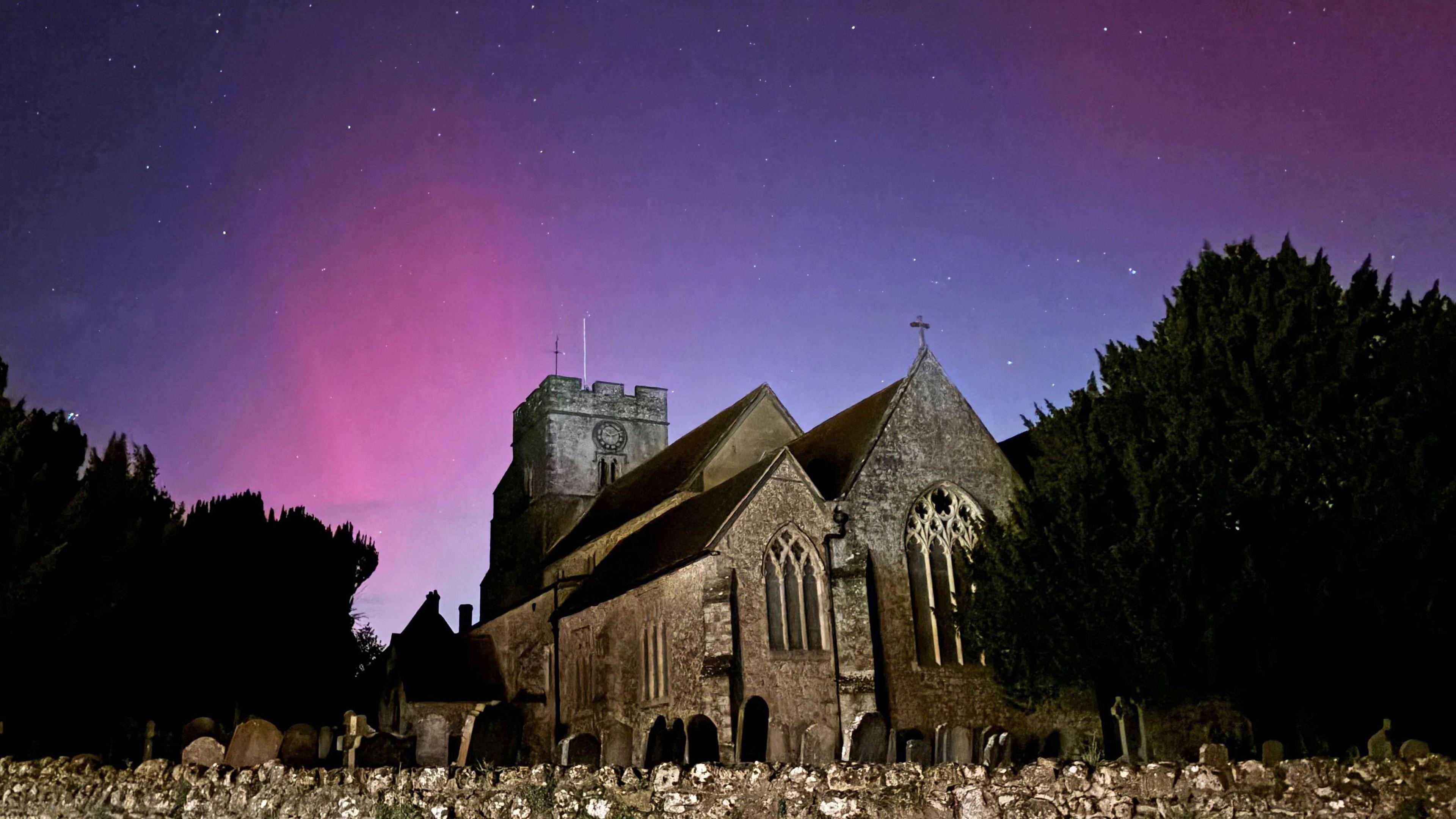
Northern Lights on display in the skies over Great Chart Church, Ashford, Kent
- Published
Blues, greens and pinks filled the skies last night as the Northern Lights splashed colour across UK skies once again.
Earlier the Met Office advised people that they may be able to spot the lights, however they thought it might only reach as far south as the Midlands.
However, stunning images were captured across the UK from Scotland to Kent in the south of England.
Maybe you were lucky enough to spot them? But, if you were in bed, don't worry we have some amazing photos below...
Read more about the northern lights:
The mystery of aurora borealis has been solved
- Published10 June 2021
How the Northern Lights happen?
- Published8 September 2017
Parts of UK treated to dancing Northern Lights display
- Published13 September 2024
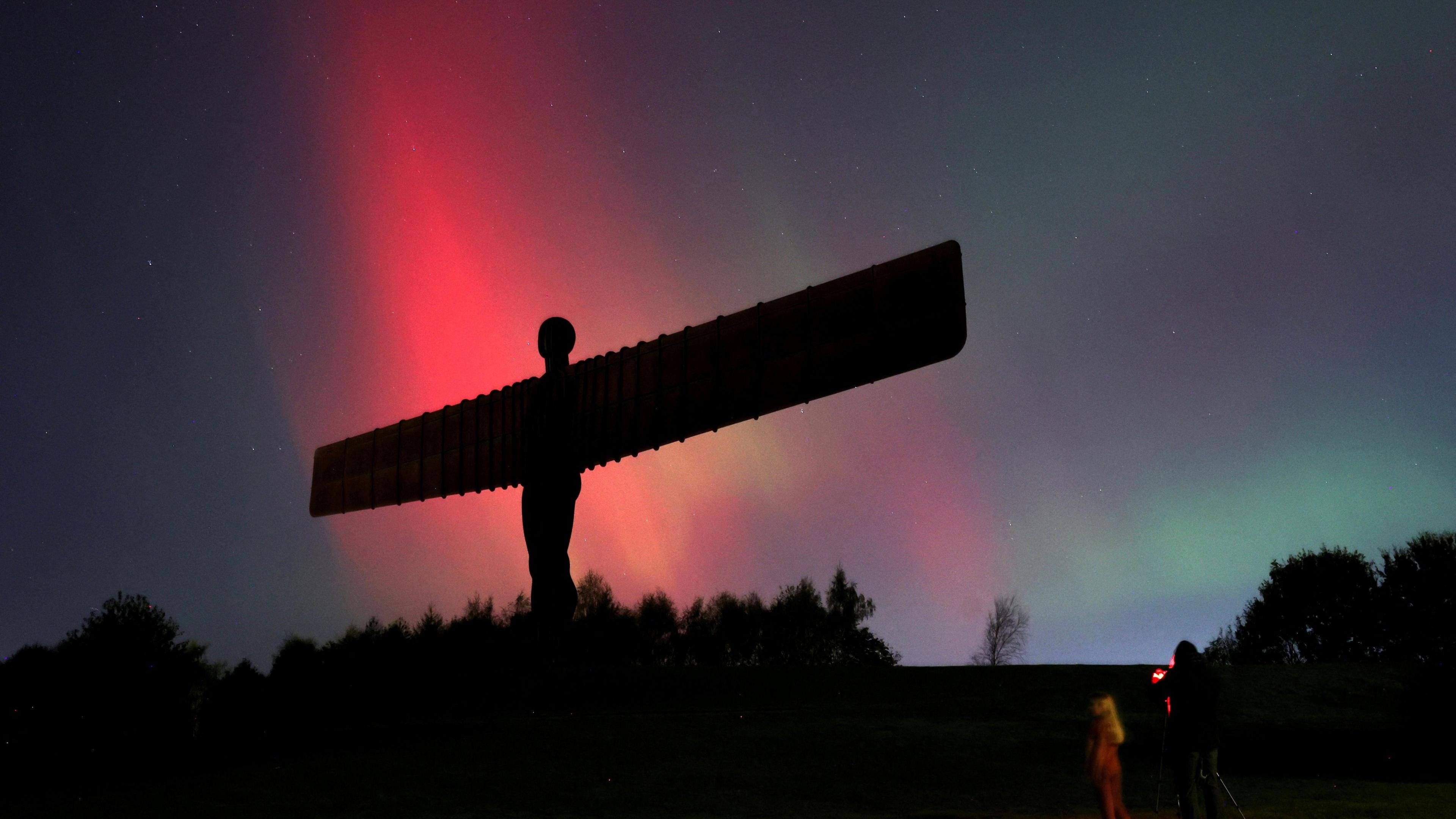
The Northern Lights, also known as aurora borealis, were seen at the Angel of the North in Gateshead

Taken in Frieth, Buckinghamshire by a BBC Weather Watchers member
You might be thinking that the UK has seen more of the Northern Lights in 2024 than previously and you wouldn't be wrong.
Met Office spokesman Stephen Dixon said increased UK sightings were helped by the Sun being at the peak of an 11-year "solar cycle".
He said it would still be possible to see the Northern Lights in the UK once the Sun passed the peak, but stargazers should expect a "gradual decline" in visibility.
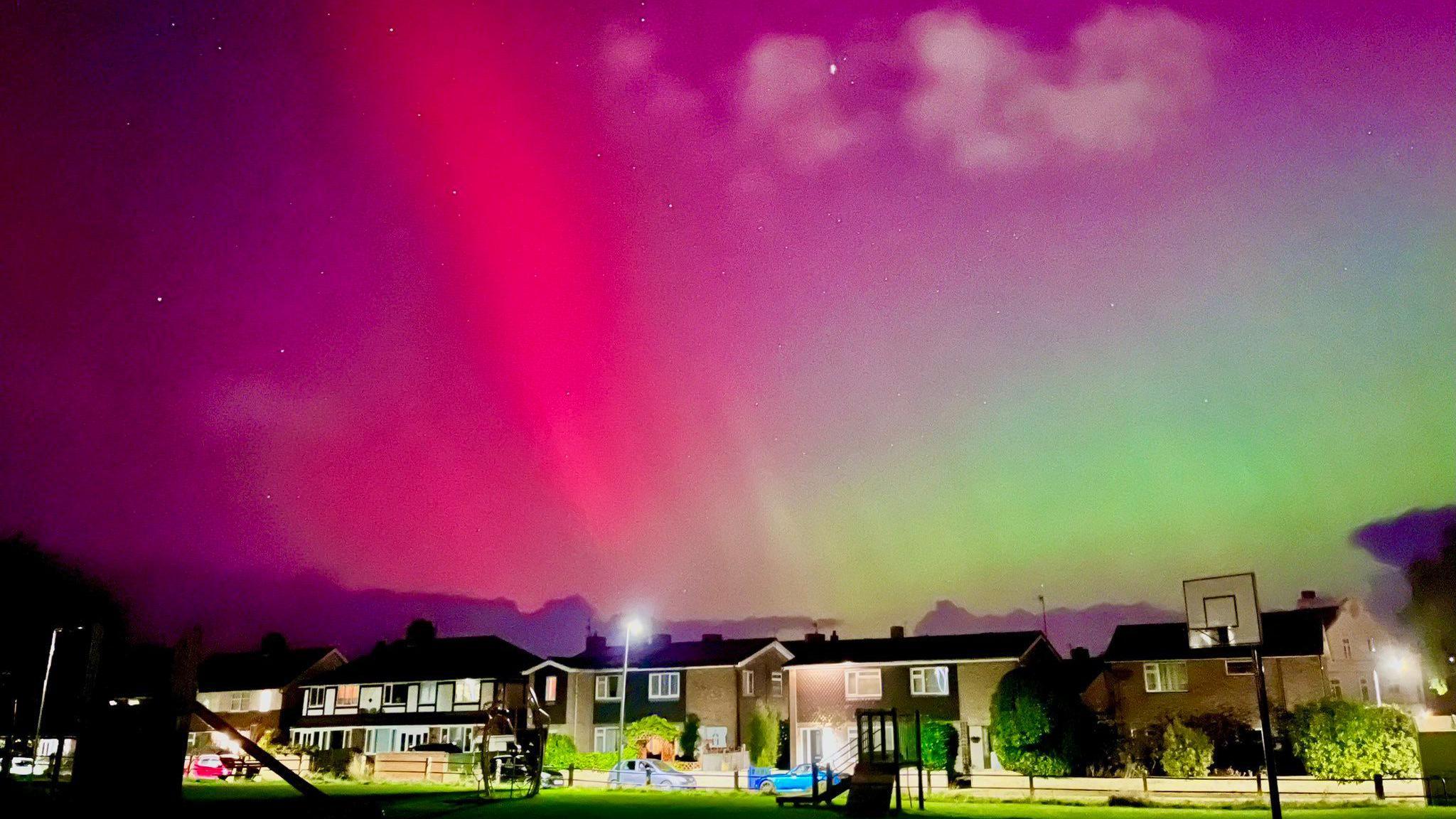
Northern Lights in the skies over Cromer, Norfolk
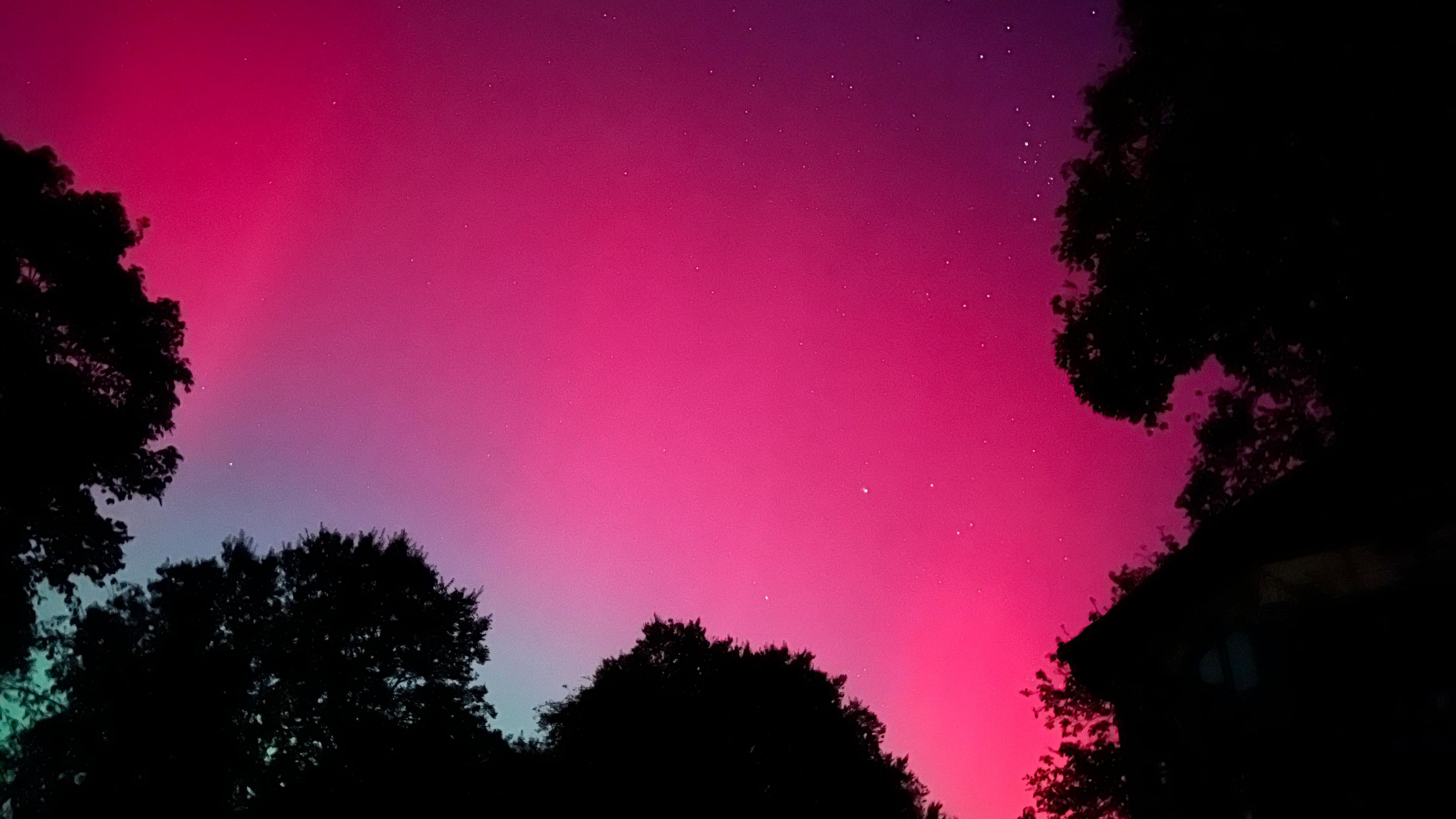
Check out how colourful the lights were in Yelling, Cambridgeshire
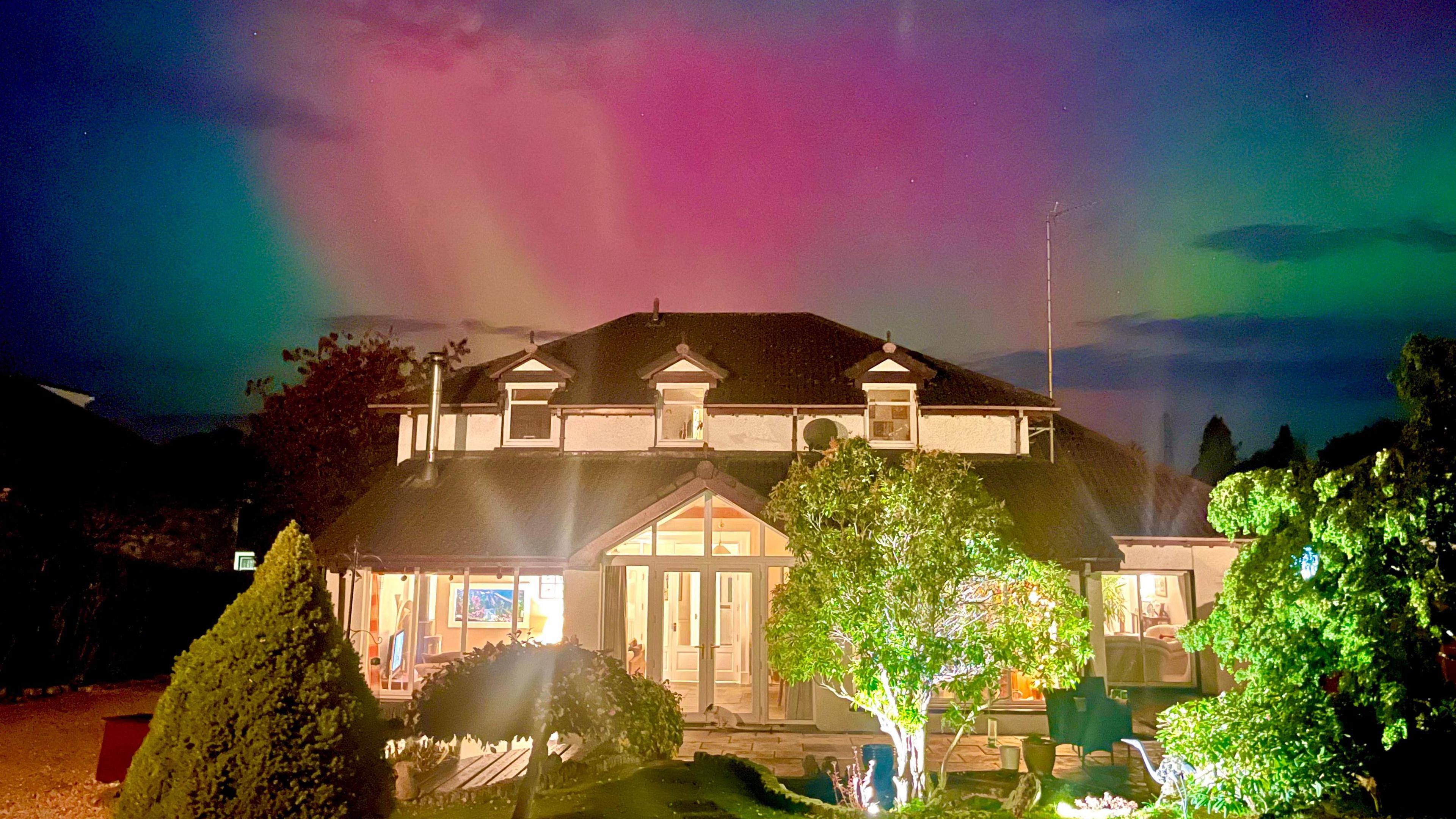
This house in Renfrewshire looks like the light is shining directly onto it
The lights are caused by a natural phenomenon.
This is caused by activity on the surface of the Sun, which causes solar storms.
These storms produce clouds of electrically charged particles and some of these eventually reach Earth.
The space weather team explained how it works to BBC Newsround: "Aurora are caused when the Sun’s energy and particles interact with the gases in our atmosphere.
"This typically happens around the polar regions and can result in vibrant colours of blue, purple, green and red being seen in the sky."
Check these out:
- Published4 March 2024
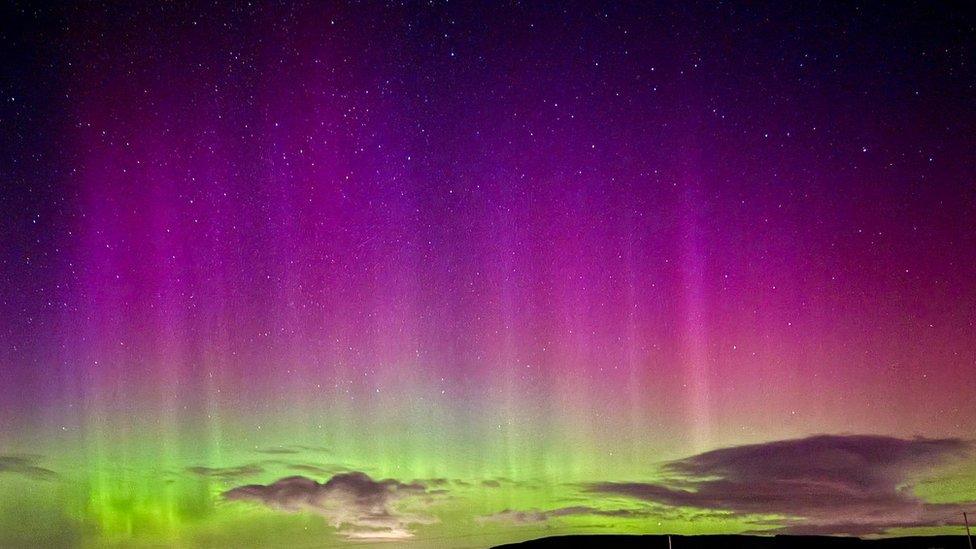
- Published30 May 2023
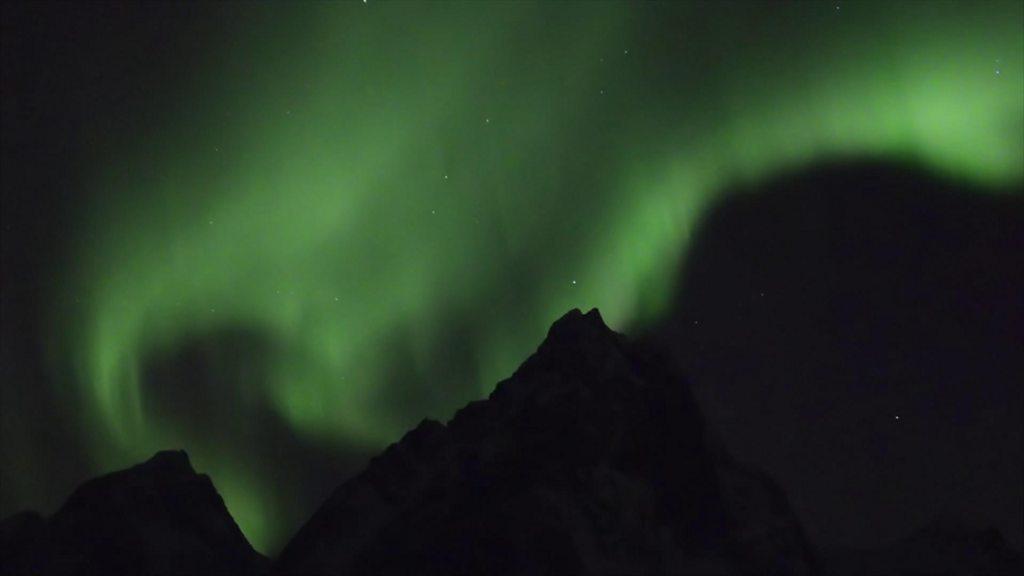
- Published1 February 2024

